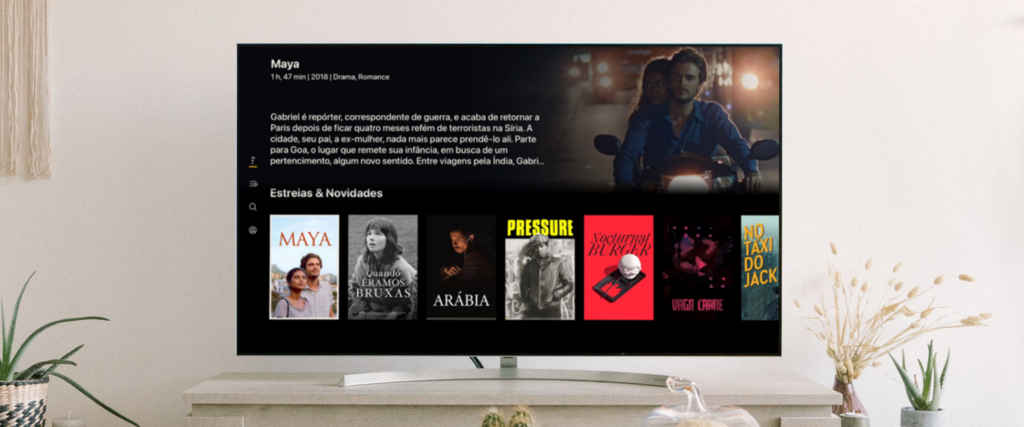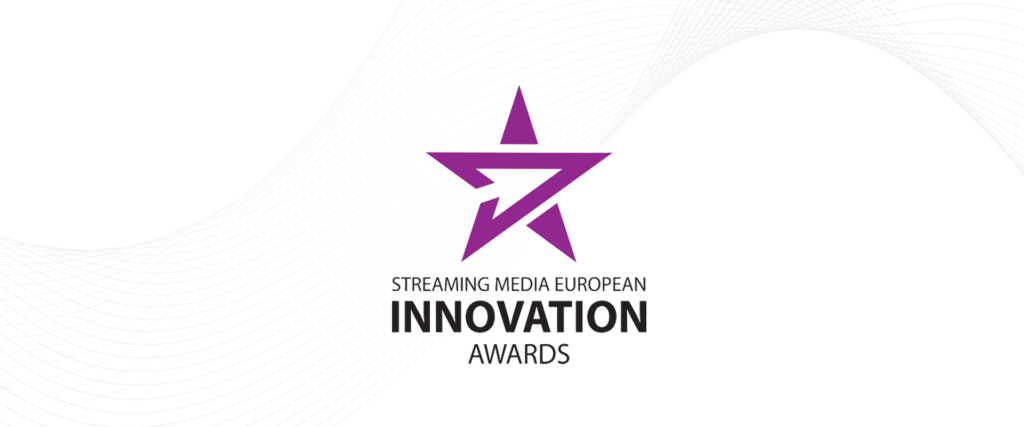Enhancing Decision Experience (DX): A Path to Resolving Video Consumption’s Paradox
In the ever-changing media landscape, the multitude of streaming options presents a complex challenge: the more choices we have, the harder it is to decide. The ‘Paradox of Choice’ highlights our desire for autonomy and variety, but clashes with the overwhelming abundance of options. As streaming platforms expand, we spend excessive time choosing content, often overshadowing the enjoyment itself. Studies show that Netflix members lose interest after 60 to 90 seconds of browsing (source: “The Netflix Recommender System: Algorithms, Business Value, and Innovation” 13.2).
The Paradox of Choice and Human Behaviour:
The ‘Paradox of Choice’, while choice signifies freedom, an abundance of options often triggers cognitive overload and decision fatigue. This phenomenon is particularly evident in streaming services, where consumers often enter without a specific viewing preference. In this context, the complexity of decision-making is compounded when multiple people are involved, such as when sharing a TV. In streaming, each choice demands a significant investment of time, often 1-2 hours (as in a movie scenario), prompting meticulous evaluation. A simple decision can quickly morph into a laborious task, ultimately detracting from the anticipated enjoyment and potentially prompting consumers to switch services. The paradox highlights the intricate interplay between the allure of choice and the complexities it introduces in the content-rich landscape of the digital era.
Streaming’s Paradox: The Holy Grail of Recommendation & The Endless Scroll:
Streaming platforms, once celebrated for their convenience, now confront the very paradox they aimed to alleviate. By harnessing AI and machine learning, these platforms can extract nuanced insights into user preferences, behaviours, and interests. Despite the sophistication of these AI algorithms, which provide personalised recommendations, users often find themselves endlessly scrolling. While AI-driven recommendations undoubtedly enhance the experience and offer a superior selection, the user is still left with an abundance of choices. In essence, they must make a decision from an overwhelming array of good options, underscoring the challenge’s complexity. The solution lies not solely in refining recommendation engines, but also in focusing on the Decision Experience (DX) through UX/UI design choices. This strategy embraces the idea that less can be more, offering a manageable selection that amplifies user satisfaction, particularly within the realm of UX/UI design.
Simplifying the Choice-Making Process:
While personalised curation streamlines selection, optimising choices among high-quality options necessitates a dual focus on UX (User Experience) and UI (User Interface) design with an underpinning principle of DX (Decision Experience). The digital environment significantly shapes how choices are perceived and navigated. Streamlined categorization, thoughtfully designed layouts, and interactive features empower users, expediting the Time to Decision (TTD).
Design patterns rooted in ‘nudge theory’ (more here) can further guide users toward decisions. UX/UI strategies, such as spotlighting a single option on a focused screen or employing persuasive copy like “you should watch…,” or “pick up where you left off,” can encourage choices through subtle nudges. These nudges can leverage social conformity or cohesion, like displaying ‘Top 10 Movies in Your Country,’ and are even more effective when endorsed by a trusted individual (‘recommended by your friend’).
Drawing insights from various digital platforms, like Airbnb’s user-friendly interface for search and booking. Intuitive filters, clear visuals, and a streamlined booking process heighten the DX and accelerate the TTD. Users can quickly narrow down accommodation options and make confident selections, as the platform exemplifies effective choice-nudging design.
Employing design patterns that prompt decisions, such as “you should watch this title,” or limit choices, like “Watch this Film,” can further enhance the DX. This approach demonstrates how strategic UX/UI interventions can transform the decision-making experience, guiding users toward satisfying choices.
Contents Role in Mitigating the Paradox:
Content itself can act as a remedy for the content choice paradox. Serial content, like TV series, notably reduces decision-making complexity. Once viewers become engrossed in a series, consistent returns mitigate the need for repeated choices. Conversely, standalone movies require fresh decisions, contributing to cognitive overload. Content continuity streamlines Time to Decision (TTD) and amplifies user engagement.
When exploring user-generated content, especially short-form content, the minimal time investment reduces overthinking and decision-making hesitancy. Platforms like TikTok, employing a constrained UX in their ‘reels’ feature, presenting one video at a time and enhancing data feedback loops. Similar patterns can be observed on Netflix, where videos are autoplaying in full, rather than trailers, prompting choices after the video has started. These design approaches effectively curtail choice-related burdens and contribute to more streamlined decision-making processes.
Learning from TikTok’s Success: A Lesson in UI/UX Design:
TikTok’s minimalist design offers a compelling solution to the content choice paradox through its effective UI/UX. By offering users a continuous stream of personalised short videos, TikTok relieves the burden of decision-making (more can be read on this here). Its design fosters immersion without overwhelming choices. This emphasises the importance of an intuitive UI/UX in simplifying choice complexity and enhancing content enjoyment. TikTok’s approach highlights the significant impact of a well-crafted interface on the Time to Decision (TTD) and overall user satisfaction. Notably, the TikTok UX/UI experience minimises the time between starting content and scrolling past it, thanks to thoughtful design and singular device usage (typically one user scrolling on one device).
Netflix has taken a similar approach to enhance decision-making on mobile devices with its “Fast Laugh” feature. This short-form preview provides a genre-specific snippet of content, specifically designed for quick consumption, setting it apart from conventional movie trailers. This adaptation illustrates how platforms can leverage efficient decision-making principles inspired by TikTok’s model (more here).
Yet, as the landscape shifts toward traditional video streaming, especially with larger screens in focus, exploring shared social decision-making becomes relevant. Platforms must innovate ways to enhance collective decision-making, moving beyond reliance on individual remote control usage. Envisioning shared, social big-screen viewing prompts reimagining the user experience to facilitate collective decision-making, thereby enriching the content discovery journey in a more engaging and inclusive manner.
To Conclude:
In navigating the content choice paradox of streaming, three key concepts emerge:
- Curation and Personalisation: Prioritising tailored content through curation and personalisation reduces choice overload, guiding users to satisfying selections and streamlining Time to Decision (TTD).
- User Experience (UX) and User Interface (UI) & Decision Experience (DX) Design: patterns, inspired by ‘nudge theory,’ simplify decision complexity, empowering users to make confident choices and minimising decision fatigue.
- Content Continuity and Short-Form Engagement: Embracing content continuity, particularly with serial TV series, and leveraging user-generated short-form content curbs cognitive burden, enhancing overall decision-making.
By harmonising these approaches, streaming platforms can reshape the discovery journey, converting choice into a conduit for enriched entertainment experiences, where ease, engagement, and enjoyment converge.
________________________________________________________________________________________
Keen to discuss how OTT can enhance the decision experience for audiences further? Book a meeting or get in touch with the Magine Pro team. We also have some useful insights and resources available on our blog and free to download white papers, ebooks and more.




